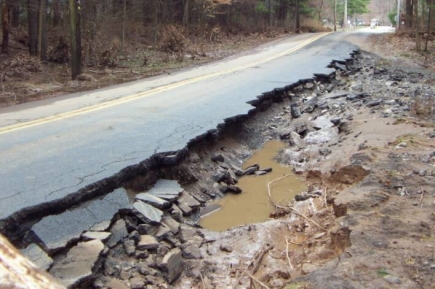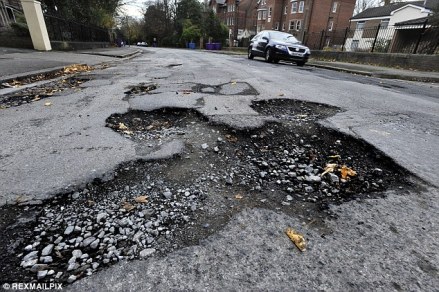Hi world, it’s my second last blog entry! This week I’ll be covering existing and up-and-coming IoT technologies that will help to boost road safety. Yes, I have been inspired my the show and tell Mr Abey Choy presented in class last week. I love Thailand because my Dad calls it his second home. He’ll make a trip down once or twice annually just to take a break from work and enjoy his mango sticky rice and indulge in all the authentic tom yam he wants.

Here’s a cute pic of my favourite couple in BKK last year, MY PARENTS!
But apart from the beautiful land of smiles, something dark lurks in the back. Although it has received a lot more attention now in new media regarding the upsurge of death and injury rates due to road accidents, the pressing issue is still not gaining the attention it requires.
Do check out Mr Abel Choy’s page, advocating Road safety for Thailand for updates on his efforts to promote and raise awareness of the salient and crucial problem.
Firstly, there are some seriously cool technological efforts aimed at prevention of road accidents. Apart from the vehicles, the roads have been technologised! These upgrades in the roads are made possible by smart sensors and… smart cement! Yes smart sensors sound right and apt, since they’re already a type of technology. But smart cement, it sounds foreign but essentially, they are cement equipped with sensors! Essentially, the roads will be jam-packed with these smart sensors that are connected to the computers at the headquarters. The sensors will provide frequent updates regarding the status and conditions of the roads. It will be able to “sense” if the roads are gradually wearing out or if any parts of the road require immediate attention (potholes or damage from accidents). This is especially helpful for larger countries like the US. With these updates, we will be able to activate the prevention measures to ensure that we amend these minor structural defects before they get worse.


In fact, it’s already happening! Although IoT is deemed to eventually take place in 2020, some early adopters are already testing these technologies in hopes to continuously refine them! For instance, HIKOB, a IT and services company is currently testing their IoT technology in the city of Troyes in France. They call it the HIKOB wireless traffic data collection system.
Apart from the roads receiving the upgrades, the vehicles are getting geared up as well! With the use of telematics, these cars are equipped with sensors to track the driver’s driving style. This initiative is aimed at improving the driver skills and behaviour. The sensor or “black box” located in the car will track speed, acceleration, braking and how the car swerves at sharp corners. Feedback is generated and provided the drivers to educate them on how they can improve their driving. Of course not every driver is willing to listen to such feedback…

And there should be no physical force or using guns to coerce them to change…

As such, incentivisation programmes are to be implemented to encourage and motivate these drivers to be receptive to the feedback received.
Instead of including a black box in the cars, these vehicles are also experiencing a huge overhaul! Driverless or autonomous cars are slowly driving its way onto the mainstream roads. Of course, most of them are still in the testing stage and on private roads. But soon…

Fixed with (again) a myriad of sensors, these vehicles will interact with the environment and other vehicles to direct themselves.
Here’s Waymo, a project from Google on driverless cars:
Another IoT initiative involves the buses in London! These buses are equipped with a high-tech software that is devised to detect pedestrians and cyclists. This software utilises its strategically positioned sensors located around the bus to alert the bus drivers whenever it senses any pedestrians or cyclists moving close to the bus!
I am positive that these technologies will continue to grow and be enhanced and refined! I will update this space if I find new IoT features! 🙂
References
How IoT and machine learning can make our roads safer
http://suyati.com/role-of-iot-in-road-safety/
https://www.digitalforallnow.com/en/ford-deploys-iot-and-wearables-to-improve-road-safety/
http://blogs.intel.com/iot/2015/02/10/road-safety-iot-driving-transportation-safer-path/
http://www.iotmashups.com/iot-examples/smart-roads/
https://concirrus.com/blog/2016/improving-road-safety-in-the-internet-of-things-era
http://www.vodafone.com/business/article-m2m-nanopoint-improves-road-safety-with-vodafone-m2m
